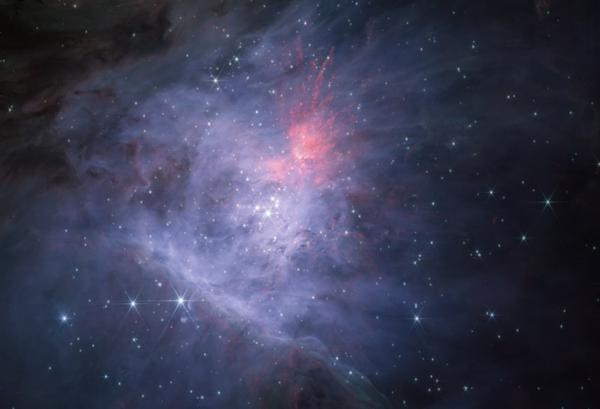
The James Webb Space Telescope captured images in the near-infrared wavelength range of the region near the Trapezium Cluster in the Orion Nebula. (Photo provided to chinadaily.com.cn)
For over two decades, astronomers have been perplexed by the existence of planetary-mass objects, or PMOs, celestial bodies with planetary masses but not bound to any star. A recent study published in Science Advances may have cracked the code, revealing these cosmic orphans are born from violent collisions between newborn stars.
An international team led by the Shanghai Astronomical Observatory found that PMOs are likely formed in crowded stellar nurseries such as the Trapezium Cluster in the Orion constellation.
This discovery not only solves a long-standing mystery but could also lead to a rewrite of cosmic classification rules.
Previously, two theories attempted to explain the origins of PMOs. The "Failed Stars" hypothesis suggested that PMOs could form directly from collapsing molecular clouds, but their small size prevented nuclear fusion. The other, the "Exiled Planets" hypothesis, proposed that PMOs were gas giants ejected from host stars through gravitational slingshots.
However, new evidence from NASA's James Webb Space Telescope contradicted both theories. The telescope observed hundreds of PMOs in the Trapezium Cluster, a far greater number than predicted by the "Failed Star" theory. Additionally, 9 percent of these PMOs existed as binary or triplet systems, which is unlikely for exiled planets. Many also hosted expansive gas disks up to 200 astronomical units wide, structures that indicate formation independent of any star. A single astronomical unit stretches almost 150 million kilometers.
Lead researcher Deng Hongping from the Shanghai Astronomical Observatory said: "PMOs are neither stunted stars nor runaway planets. They're products of cosmic chaos."
The team focused on dense stellar nurseries such as the Trapezium Cluster, where thousands of new stars reside within 10 light-years of each other. Each star is surrounded by a circumstellar disk — a rotating ring of gas and dust where planets are born.
Using supercomputer-powered simulations, the team modeled the process. When two young stars pass close to each other at specific speeds and distances, gravitational forces stretch their circumstellar disks, creating elongated, high-density tidal bridges. These bridges then collapse under their own gravity, forming independent PMOs, with some even emerging as paired binary systems.
"The Trapezium Cluster is the ultimate PMO factory — its crowded, fast-moving stars maximize collisions," Deng said.
China's Earth 2.0 space telescope, expected to be put into operation in 2028, will employ microlensing, a technique predicted by Einstein's theory of relativity, to detect invisible objects like PMOs through the gravitational warping of light.
"As data pours in, we may soon map these cosmic orphans across our home galaxy," Deng said.








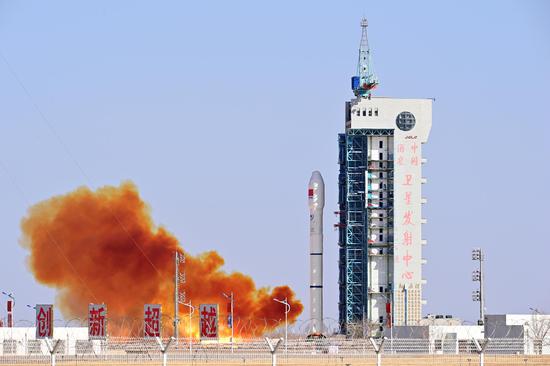




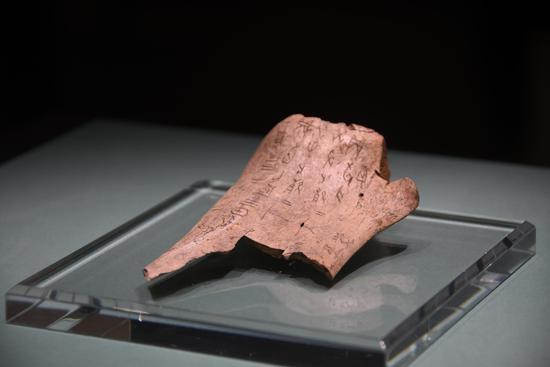












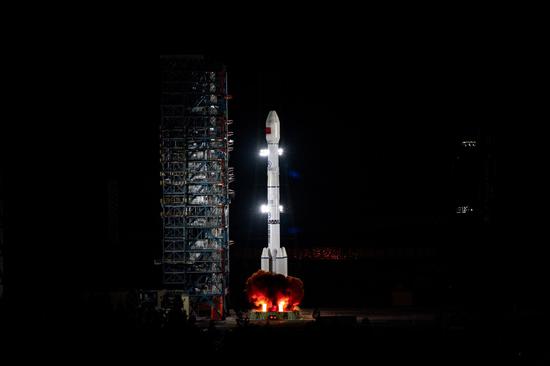



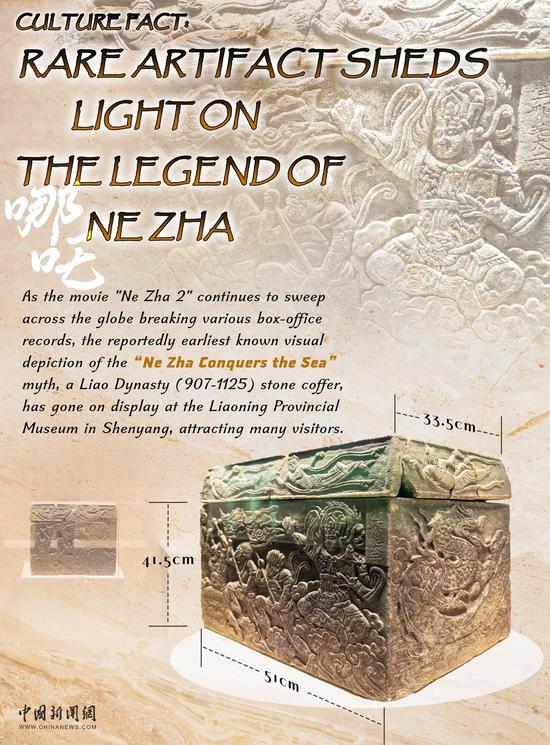
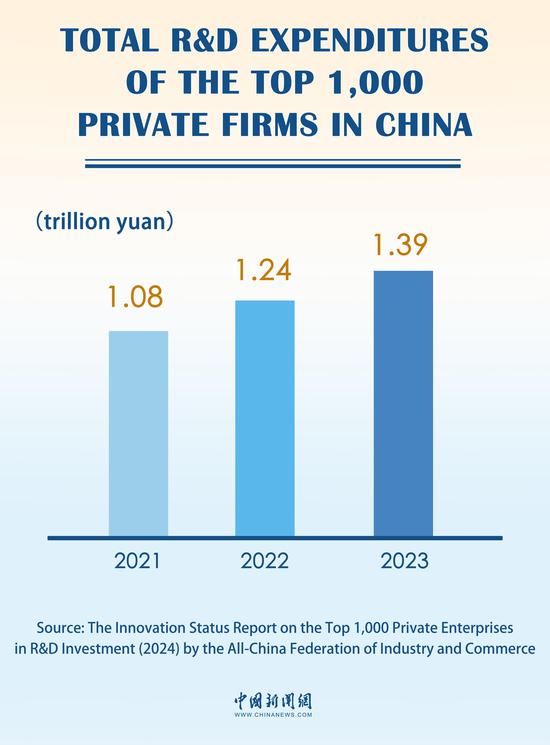



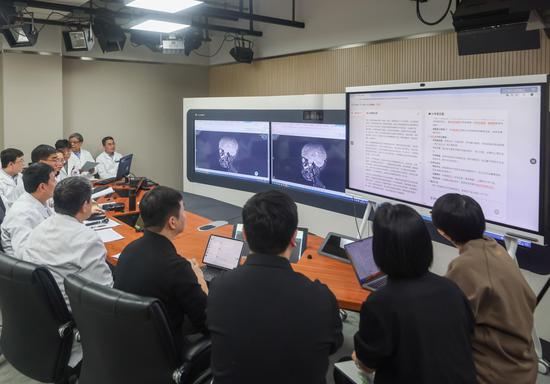



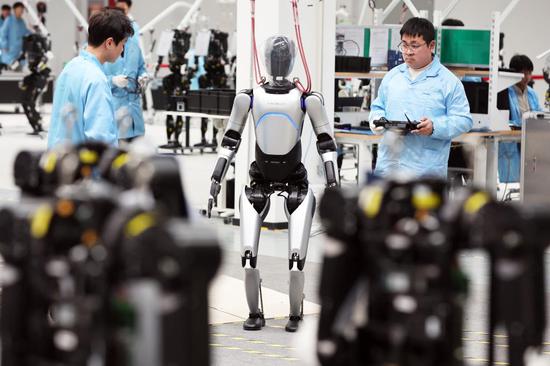



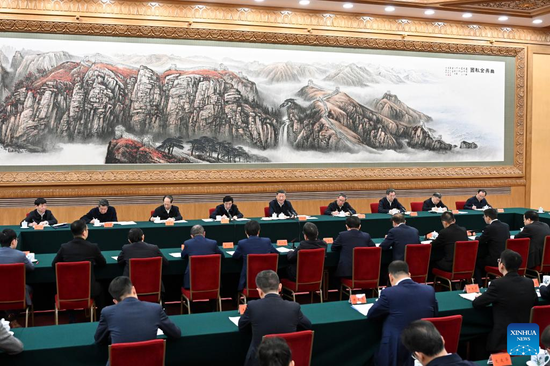






 京公網安備 11010202009201號
京公網安備 11010202009201號